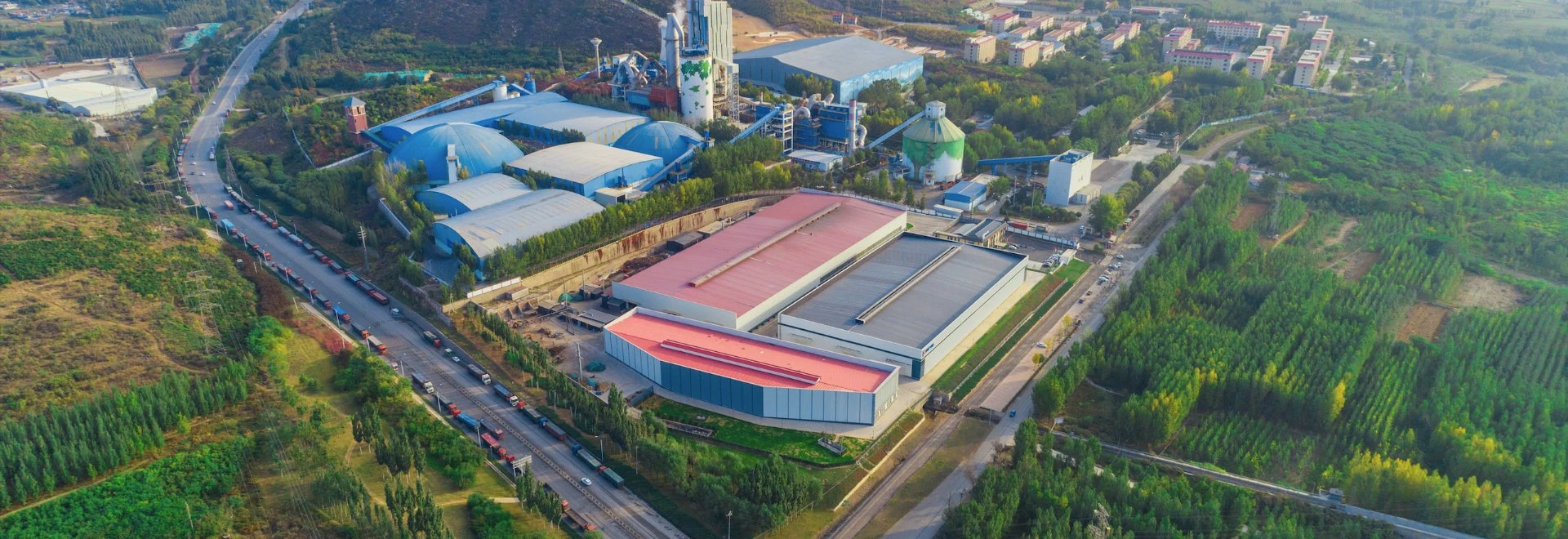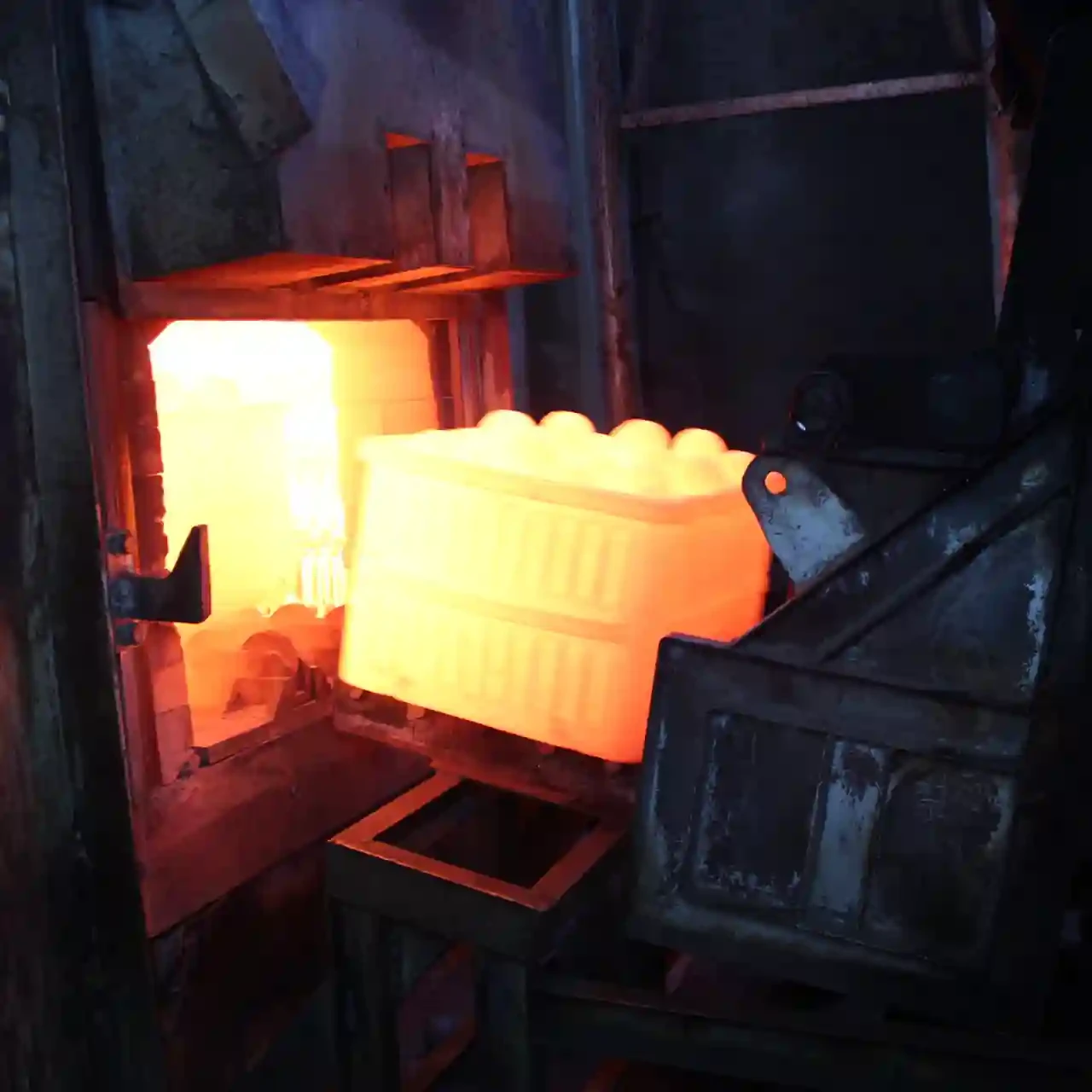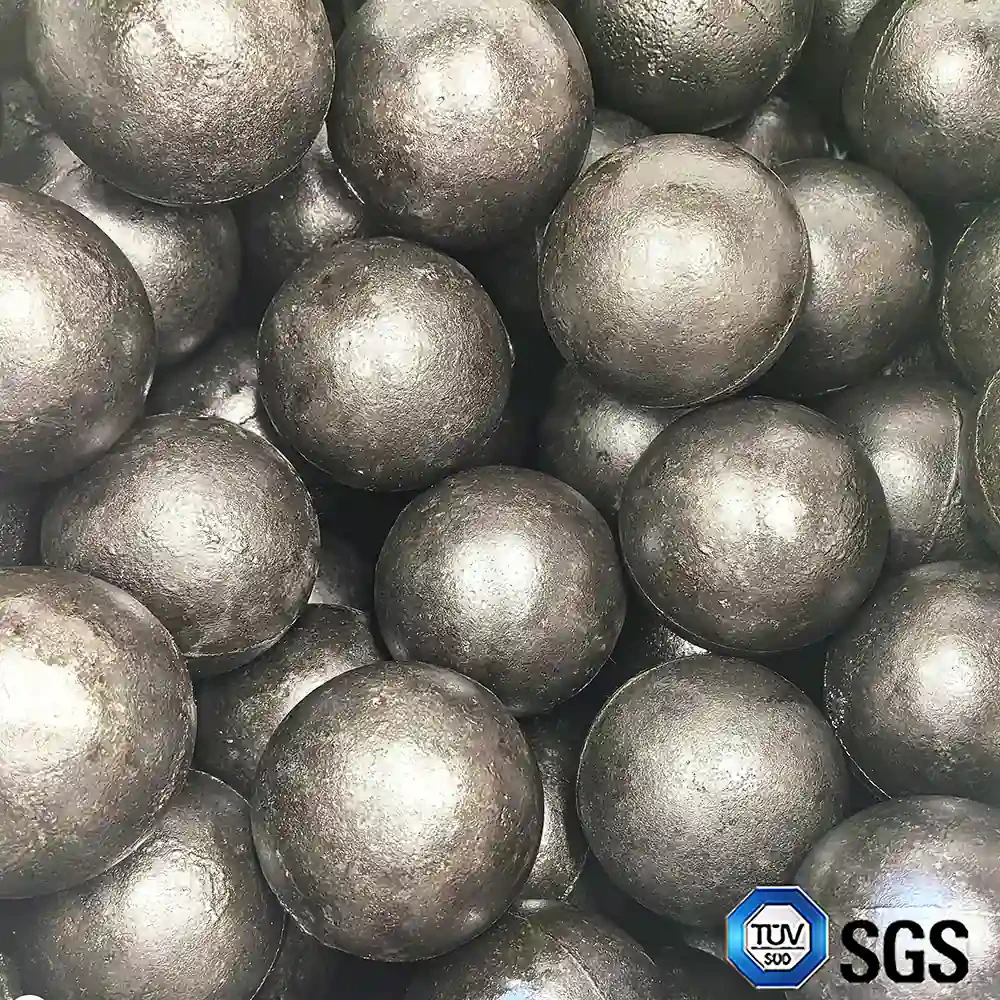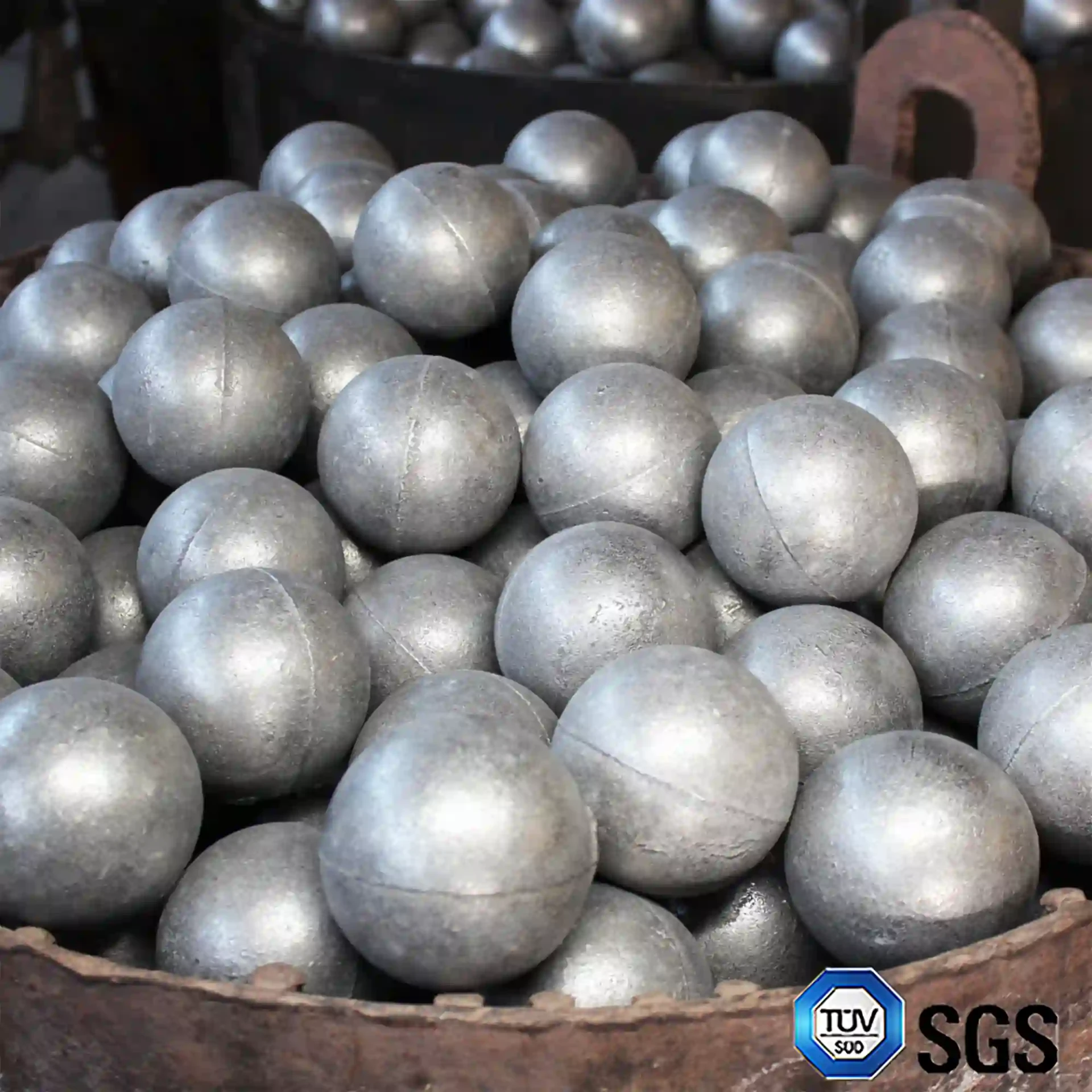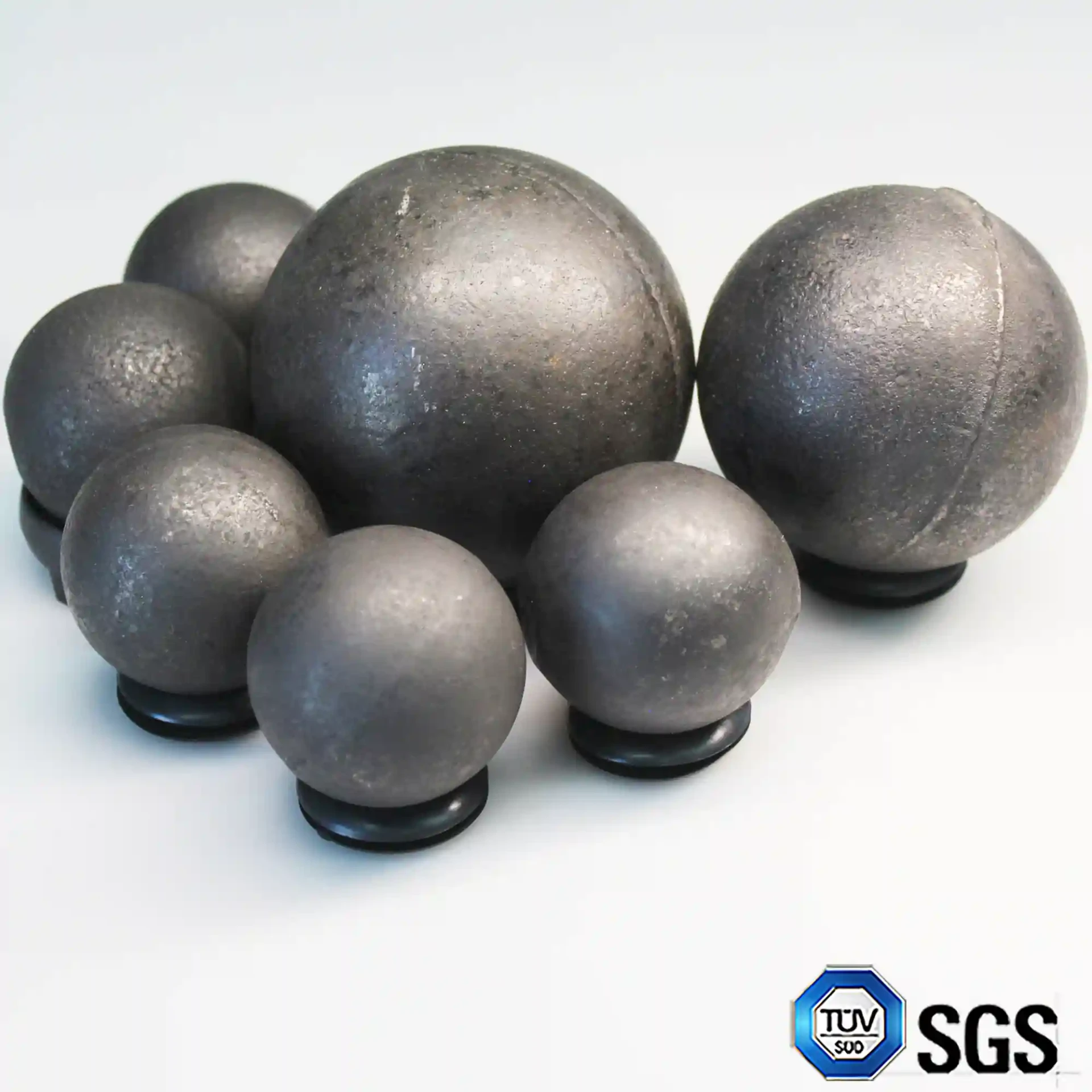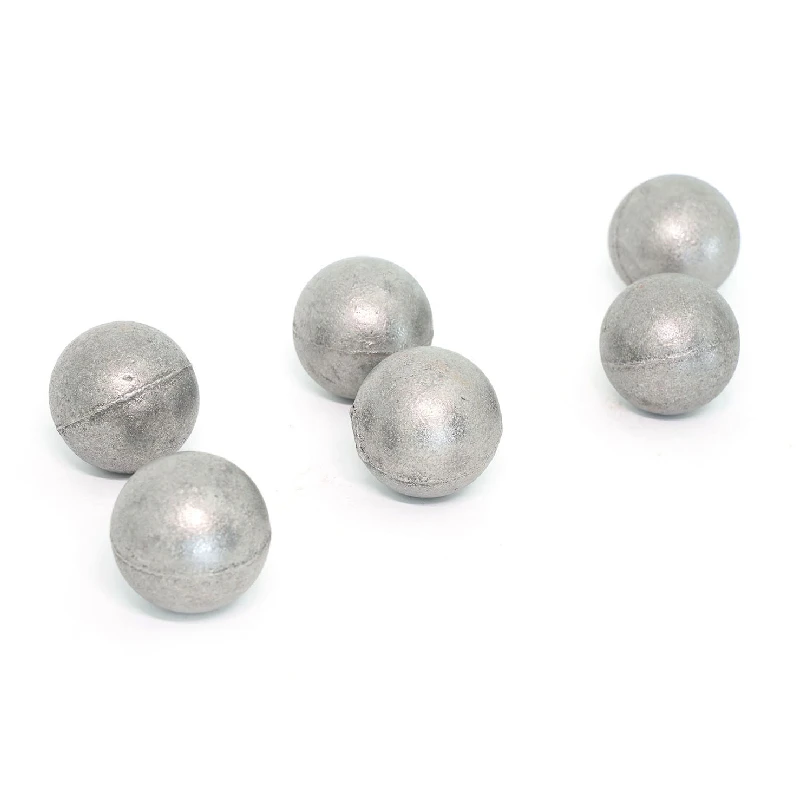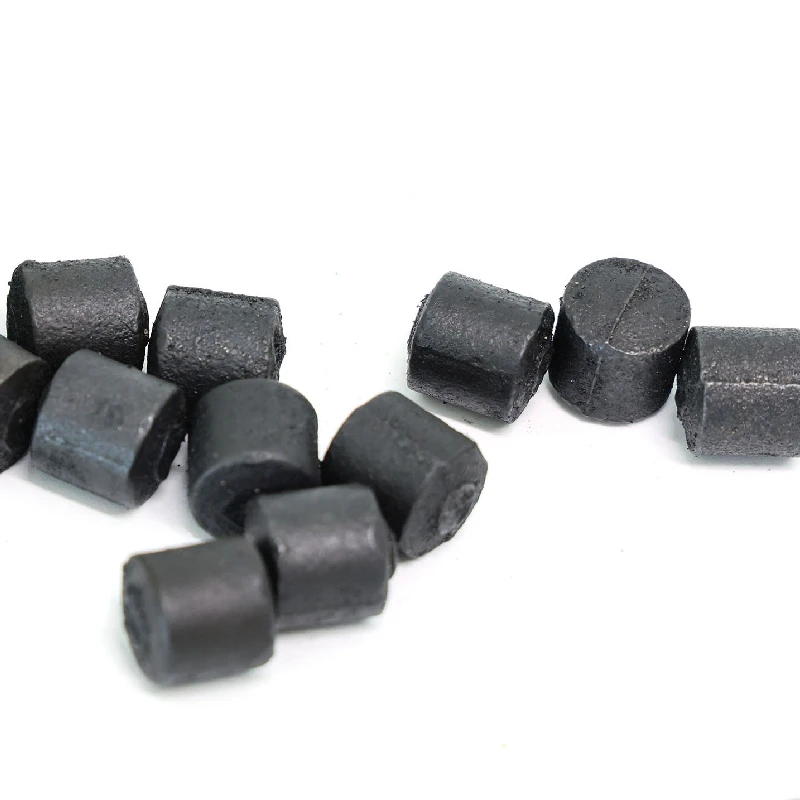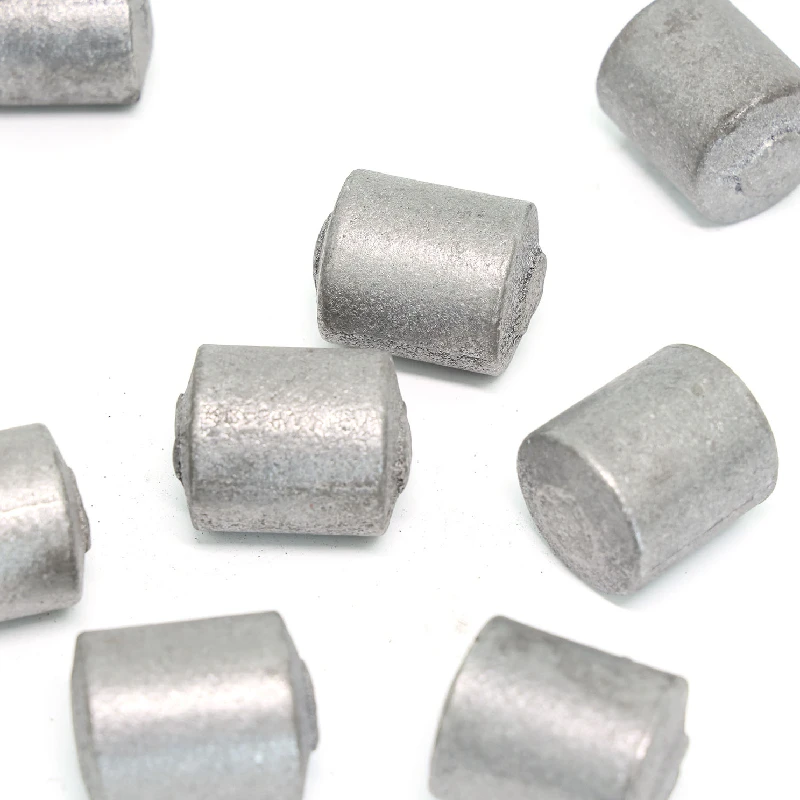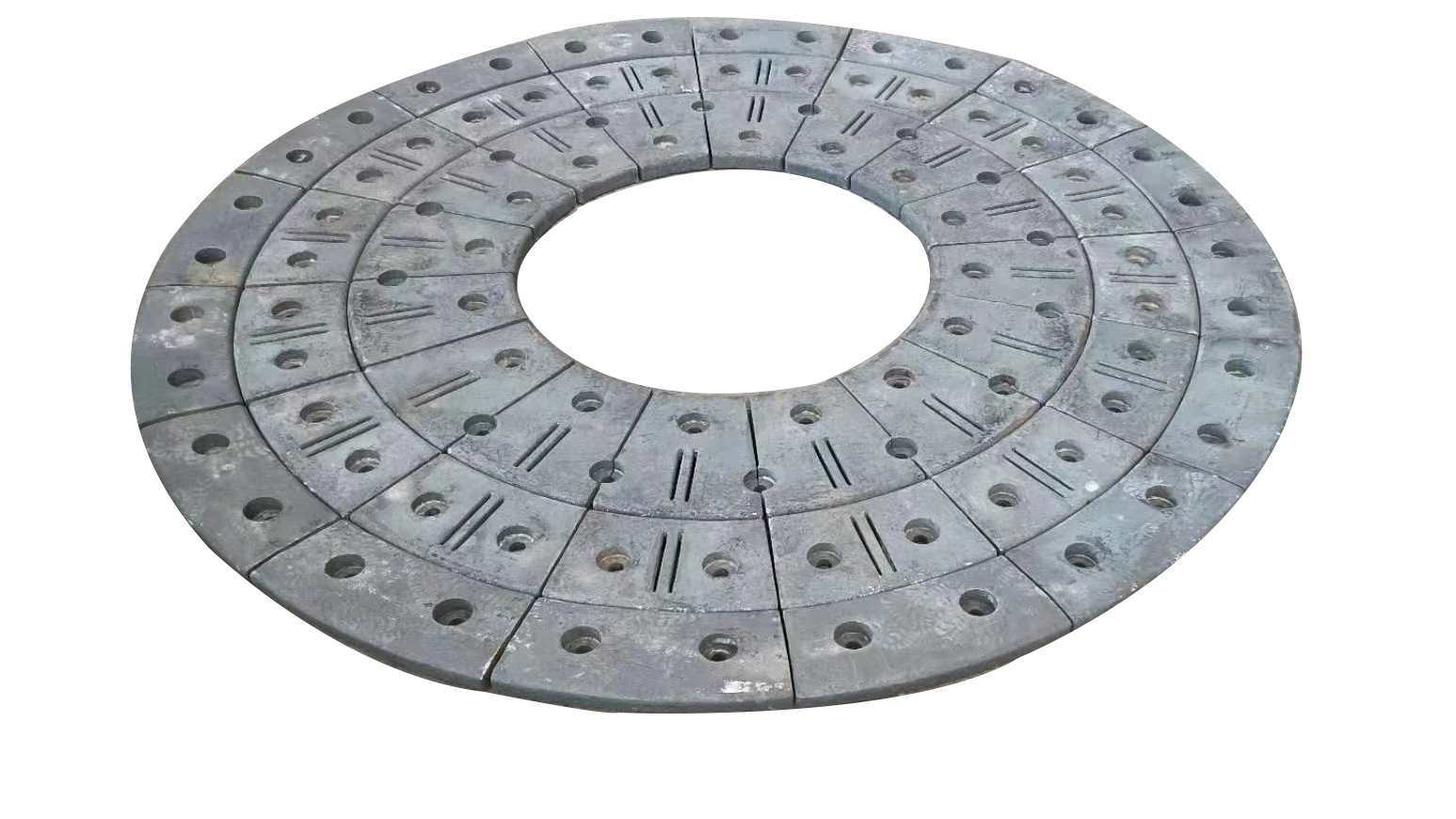Dec . 03, 2024 17:09 Back to list
ASTM A128 Standards for High Manganese Steel Mining and Construction Applications
Understanding ASTM A128 The Standards for Manganese Steel
ASTM A128 is a specific standard published by the American Society for Testing and Materials (ASTM) that pertains to manganese steel. This standard defines the requirements for high-strength manganese steel castings, which are primarily used in the mining industry, as well as in other high-impact engineering applications. The purpose of this article is to delve into the significance of ASTM A128, its specifications, and its applications.
Manganese steel, known for its high impact strength and resistance to abrasion, is an alloy that contains approximately 12-14% manganese. When heat-treated, it exhibits a unique ability to harden while maintaining considerable ductility. As a result, manganese steel is often used in situations where high wear resistance and toughness are required. This makes it an ideal choice for equipment and components that face high-impact conditions.
.
One of the key aspects of ASTM A128 is its focus on the heat treatment process. Proper heat treatment is crucial because the mechanical properties of manganese steel can be significantly enhanced through this process. The standard provides guidance on the appropriate heating, quenching, and tempering procedures needed to achieve the desired properties. Without adherence to these guidelines, the benefits of high manganese content may not be fully realized, leading to substandard performance in applications.
АСТМ А128

Applications of ASTM A128 manganese steel are diverse and critical in various industries. The mining sector frequently employs this material for its durability and resistance to wear. Equipment such as crusher jaws, grizzly bars, and mill liners are commonly manufactured using manganese steel, enabling them to endure the severe conditions present in ore processing. Similarly, in the construction and excavation industries, manganese steel is utilized in tools and machinery that are subjected to heavy loads and impact forces.
One of the notable benefits of ASTM A128 manganese steel is its ability to withstand high-impact and abrasive conditions while maintaining its structural integrity. This trait not only extends the lifespan of equipment but also reduces the need for frequent repairs and replacements, ultimately resulting in cost savings for industries that rely on these components. Furthermore, the versatility of manganese steel allows engineers to design equipment that can perform efficiently in a variety of challenging environments.
While the advantages of ASTM A128 manganese steel are clear, it is important to recognize the necessity of following the ASTM standards during the manufacturing process. Adhering to these specifications ensures that the end products meet the requisite quality benchmarks and perform reliably in demanding applications. Moreover, it's crucial for manufacturers to conduct thorough testing and inspection to guarantee compliance with ASTM A128, as non-compliance can lead to equipment failure and significant financial repercussions.
In conclusion, ASTM A128 plays a pivotal role in ensuring the quality and performance of manganese steel castings used across various industries. By stipulating clear guidelines for material composition, mechanical properties, and heat treatment procedures, the standard serves as a benchmark for manufacturers and engineers alike. The adoption of ASTM A128 standards not only enhances the durability and efficiency of equipment but also contributes to safe and reliable operation in high-impact environments. Understanding and implementing these standards is essential for businesses that seek to leverage the benefits of manganese steel in their operations.
-
Ultimate Chrome Grinding Ball Solution
NewsAug.12,2025
-
Superior Wear Resistance High Chrome Grinding Ball
NewsAug.12,2025
-
Premium Grinding Cylpebs for Industrial Efficiency
NewsAug.12,2025
-
Industrial Grinding Excellence with Grinding Cylpebs
NewsAug.12,2025
-
Durable Lining Plate Solutions for Industrial Use
NewsAug.12,2025
-
Chrome Grinding Ball Powering Industrial Reliability Daily
NewsAug.12,2025
Realted Products

